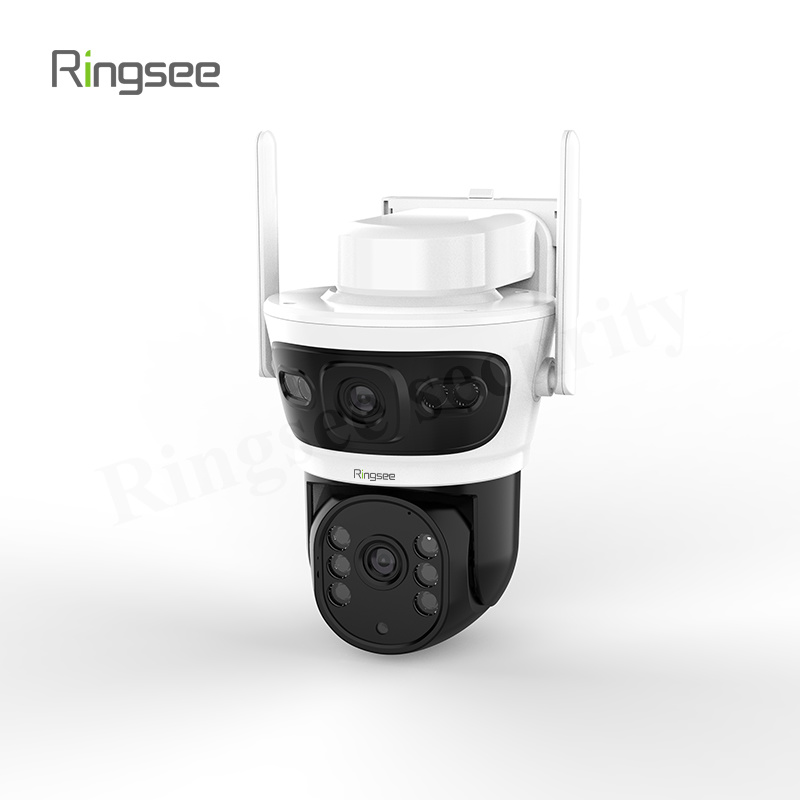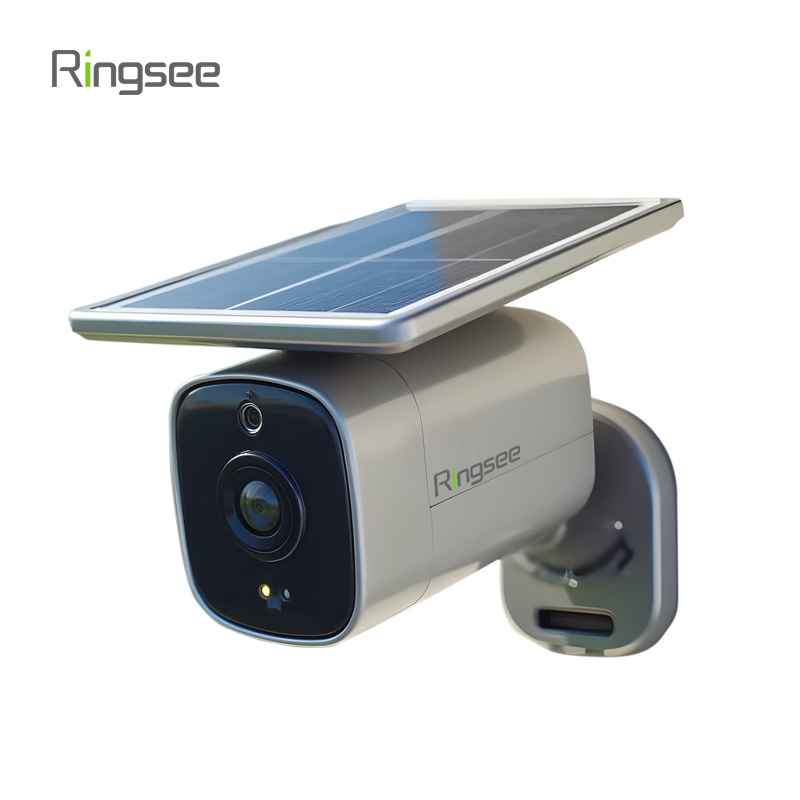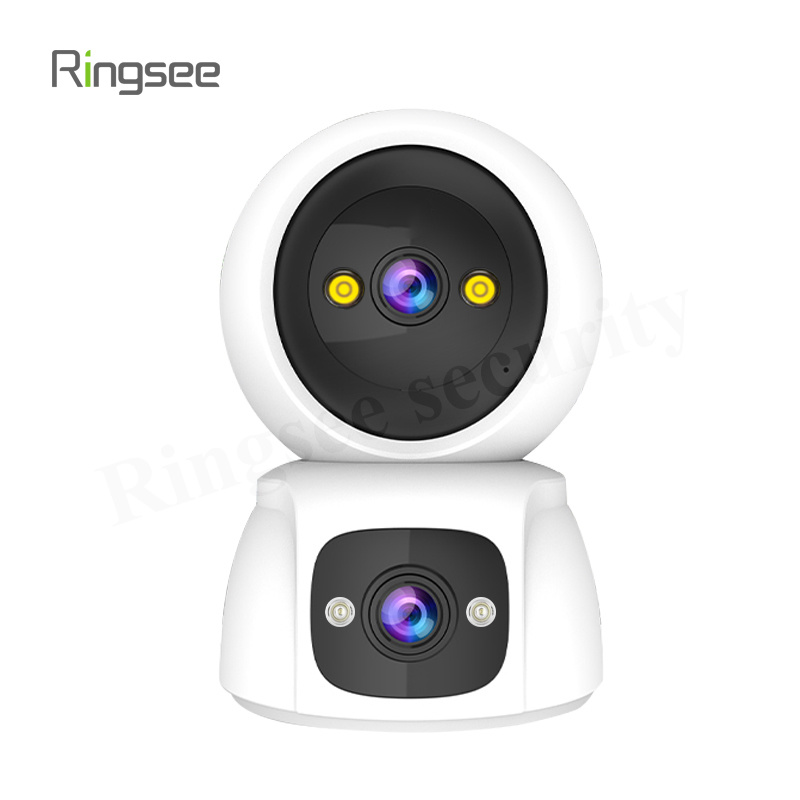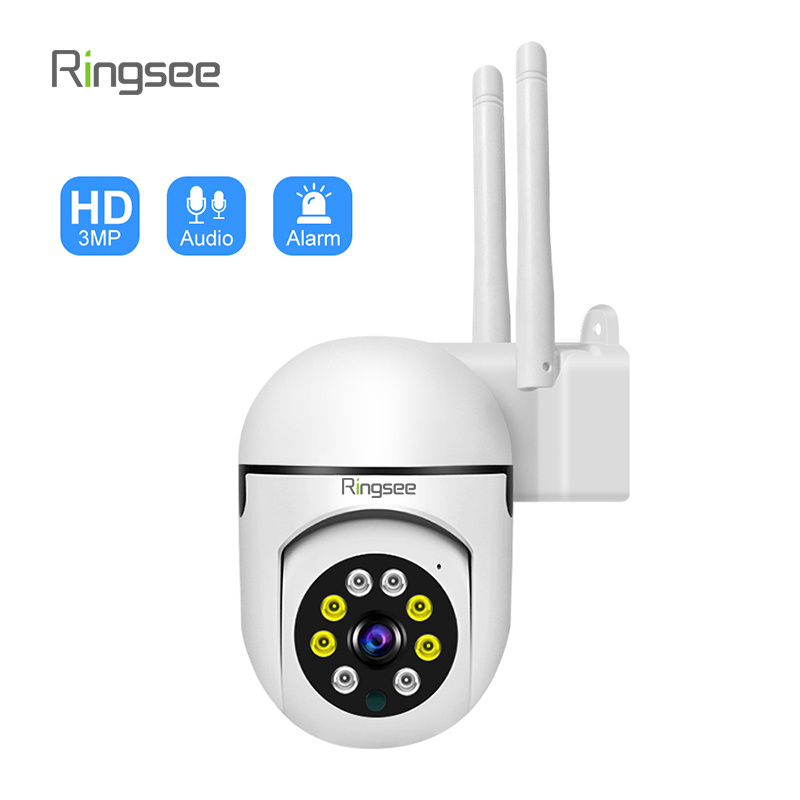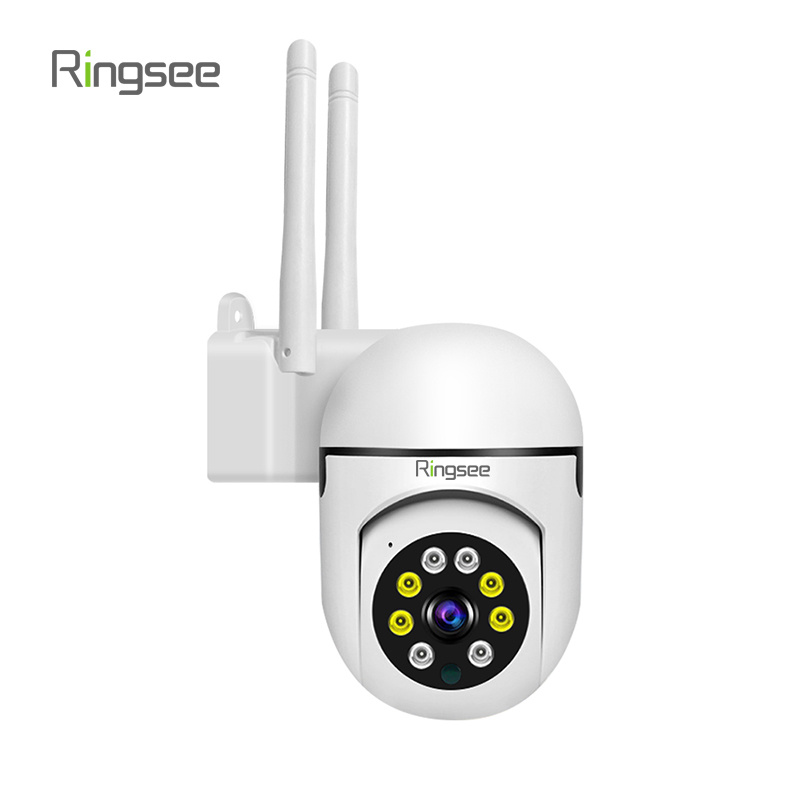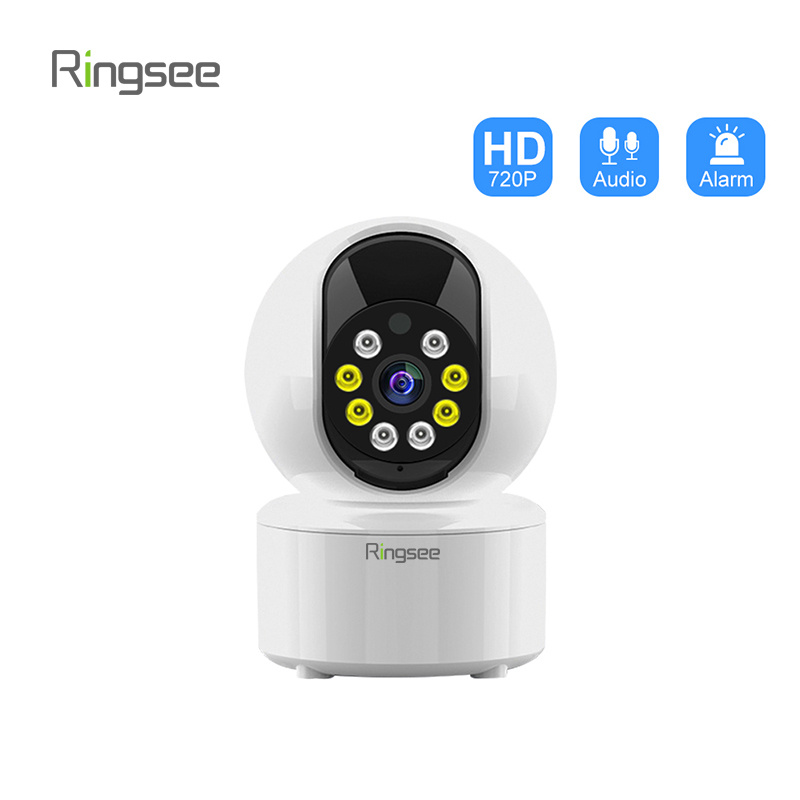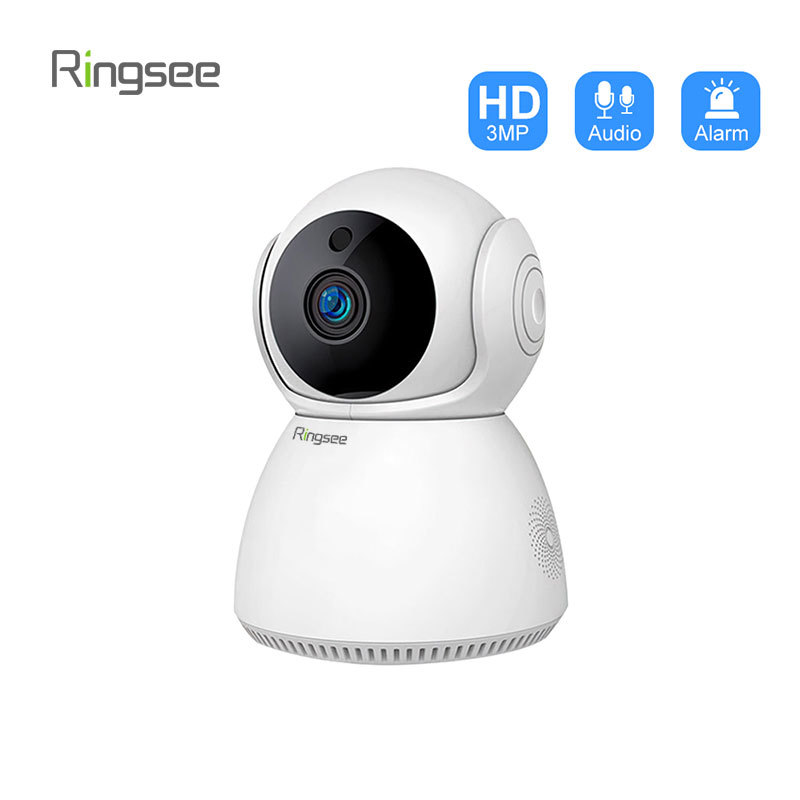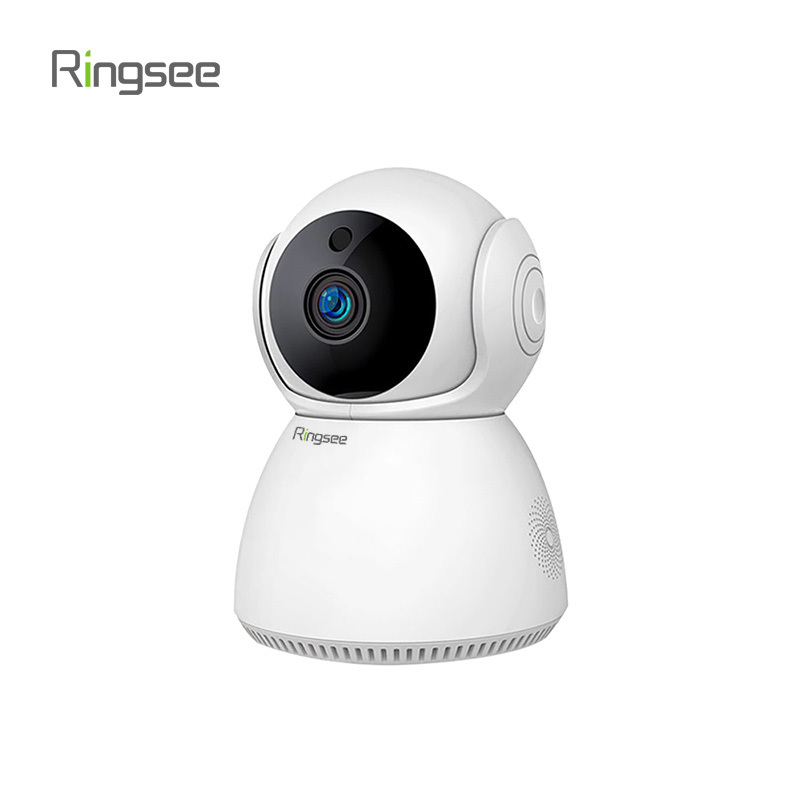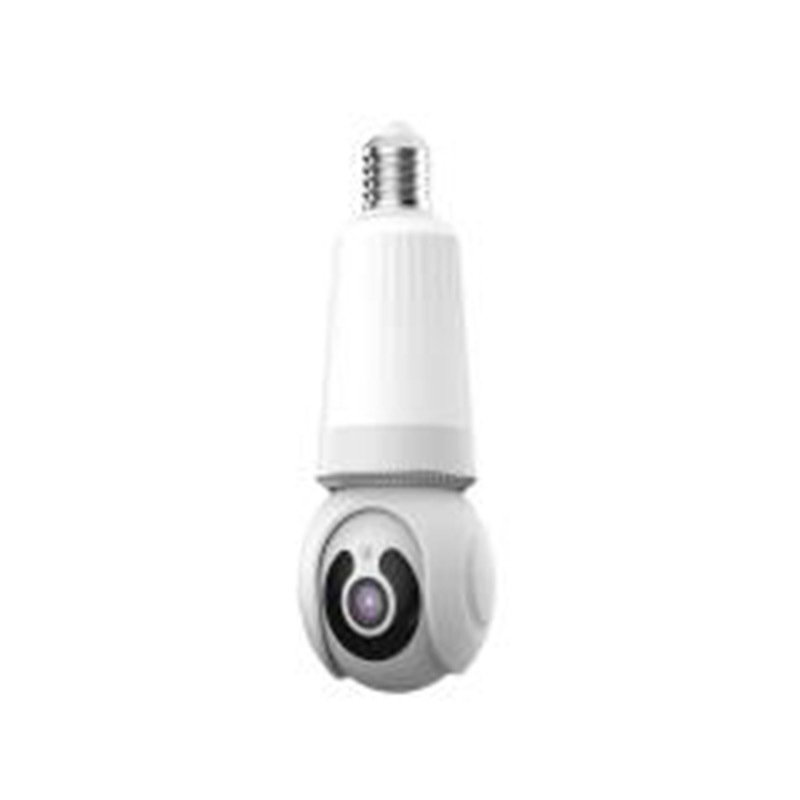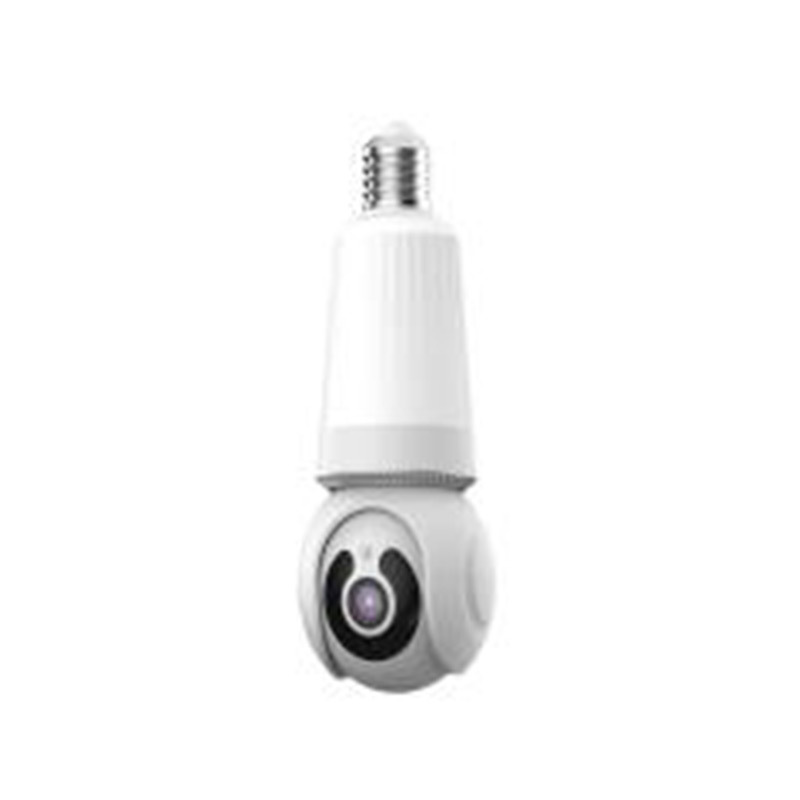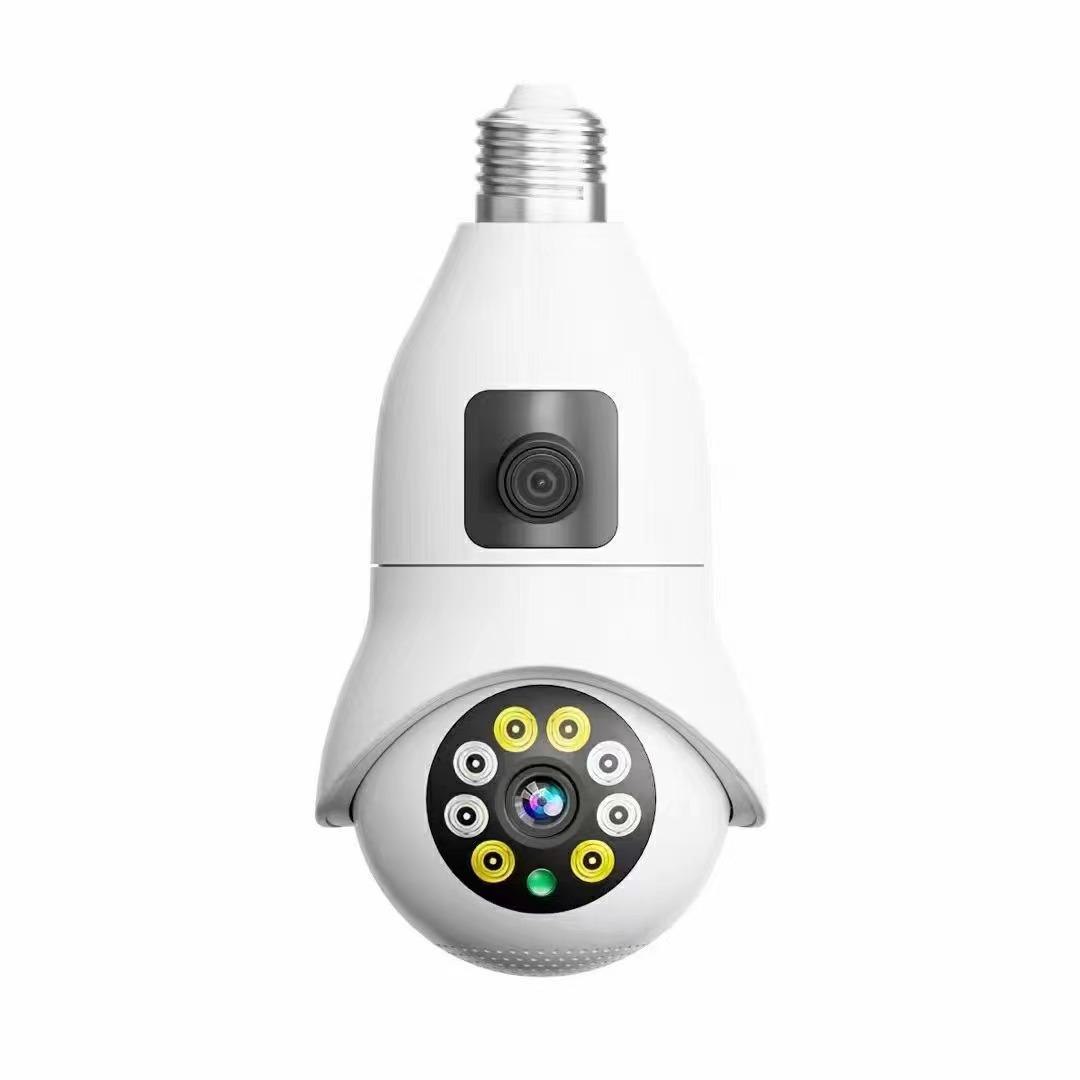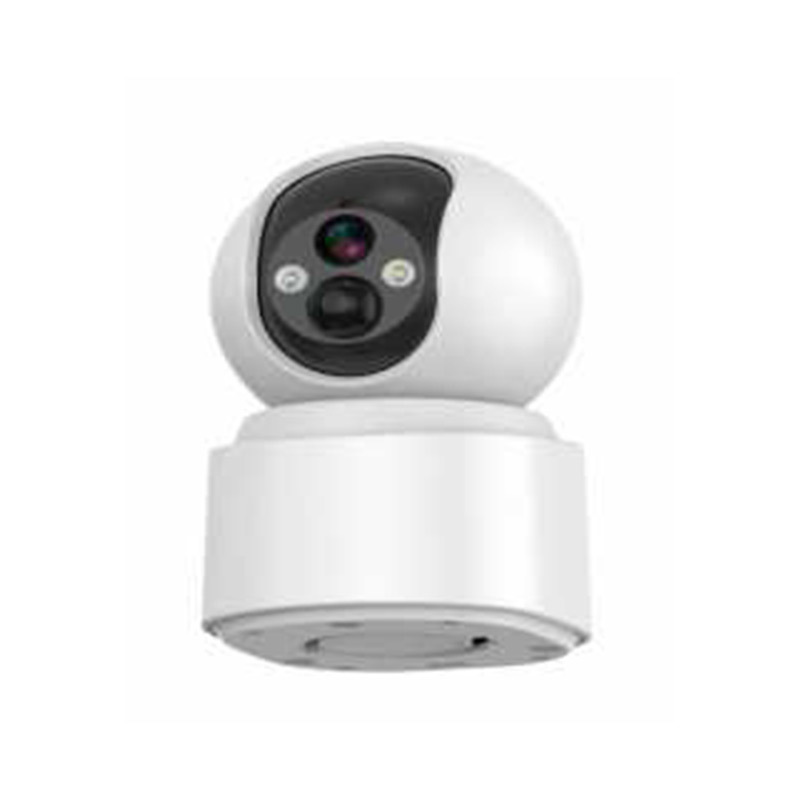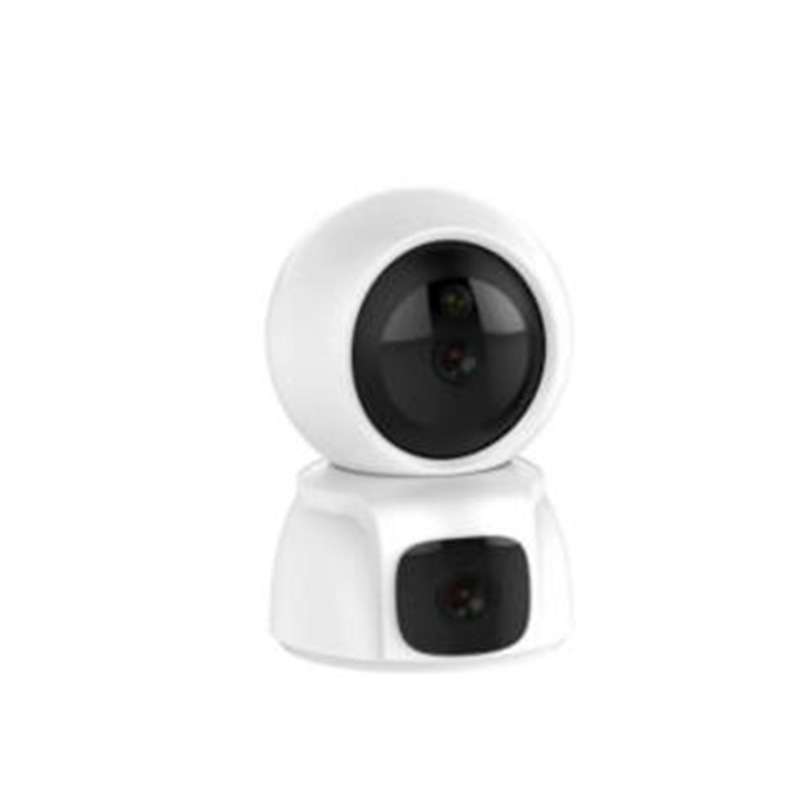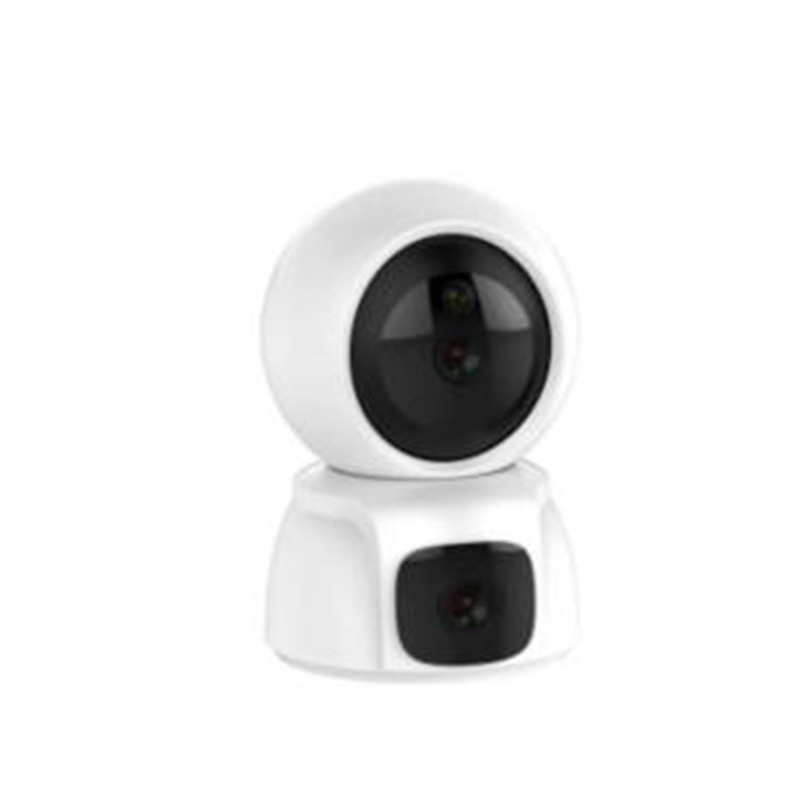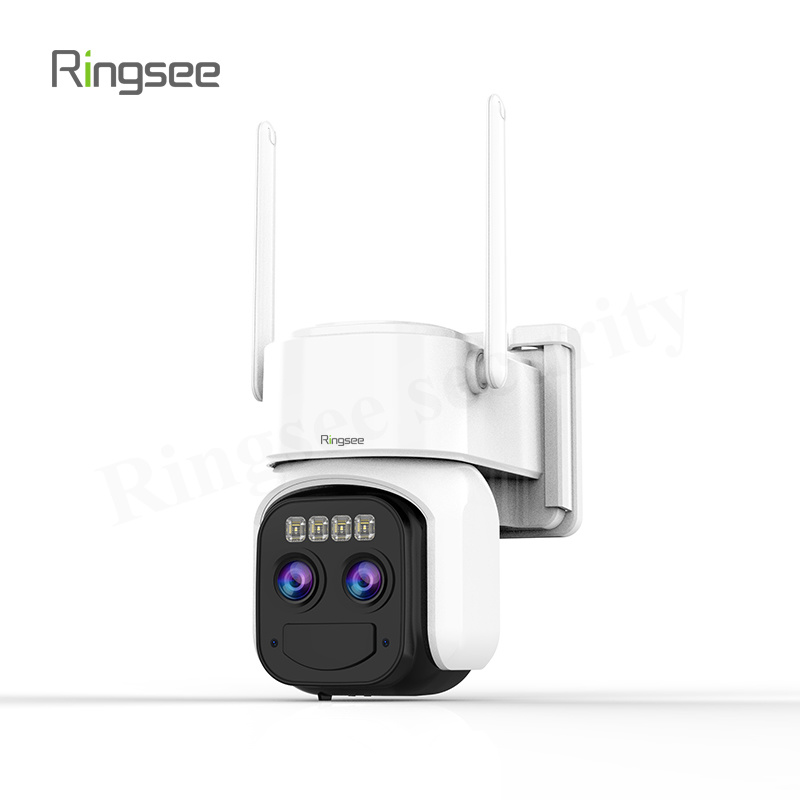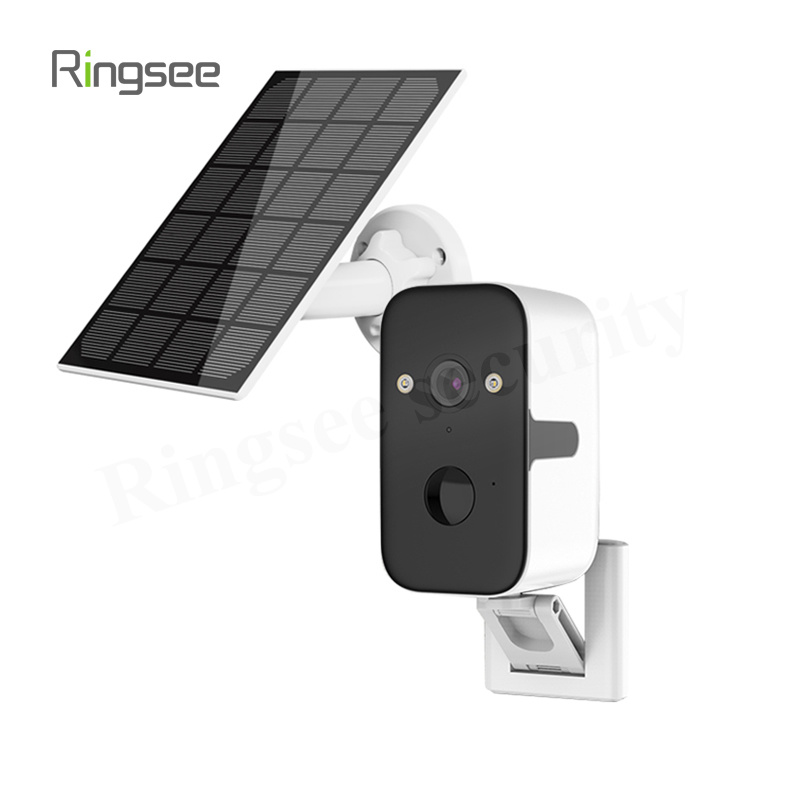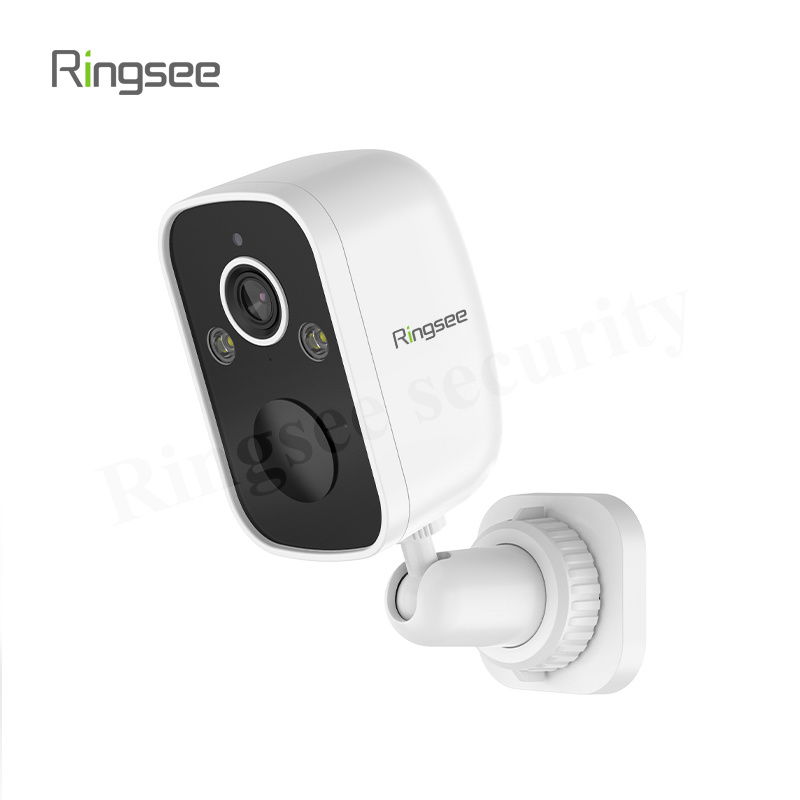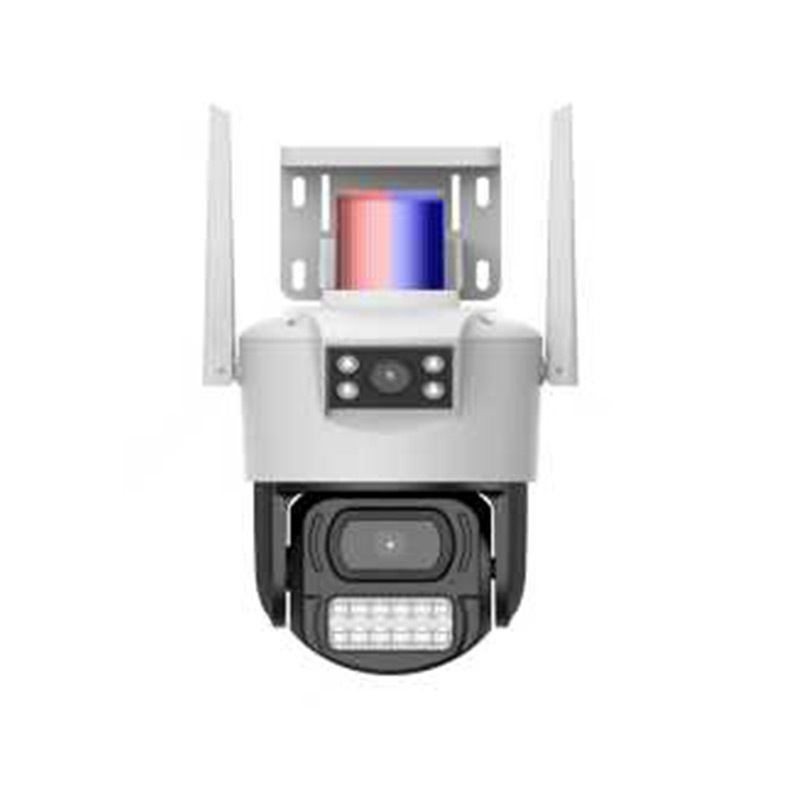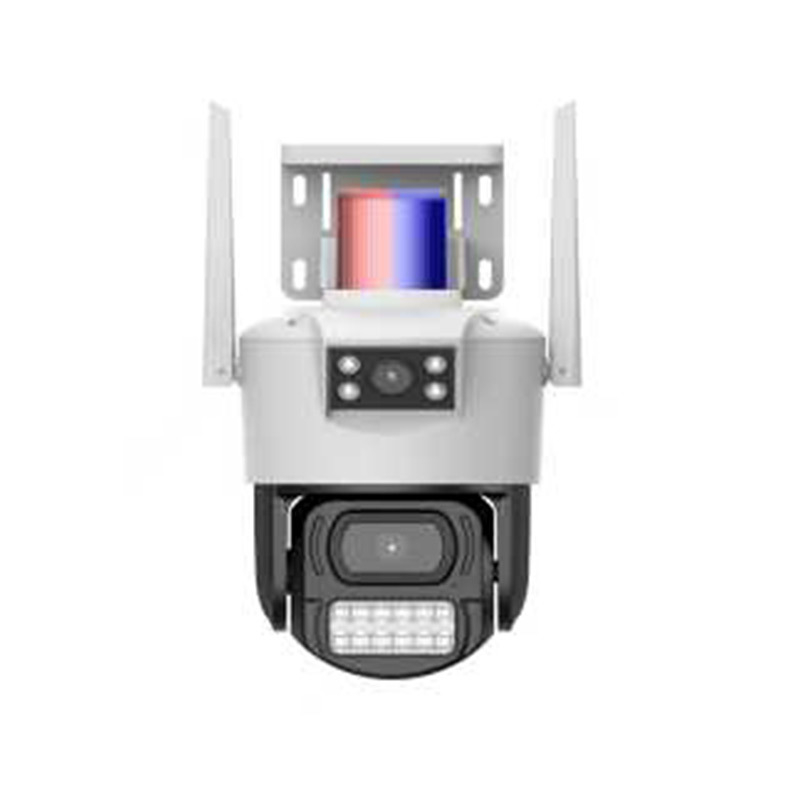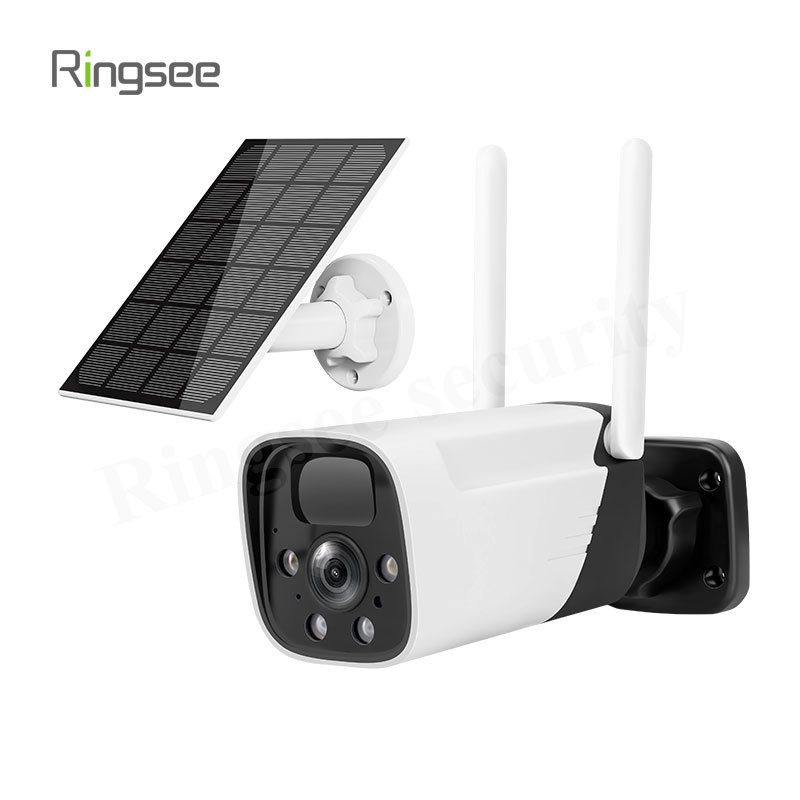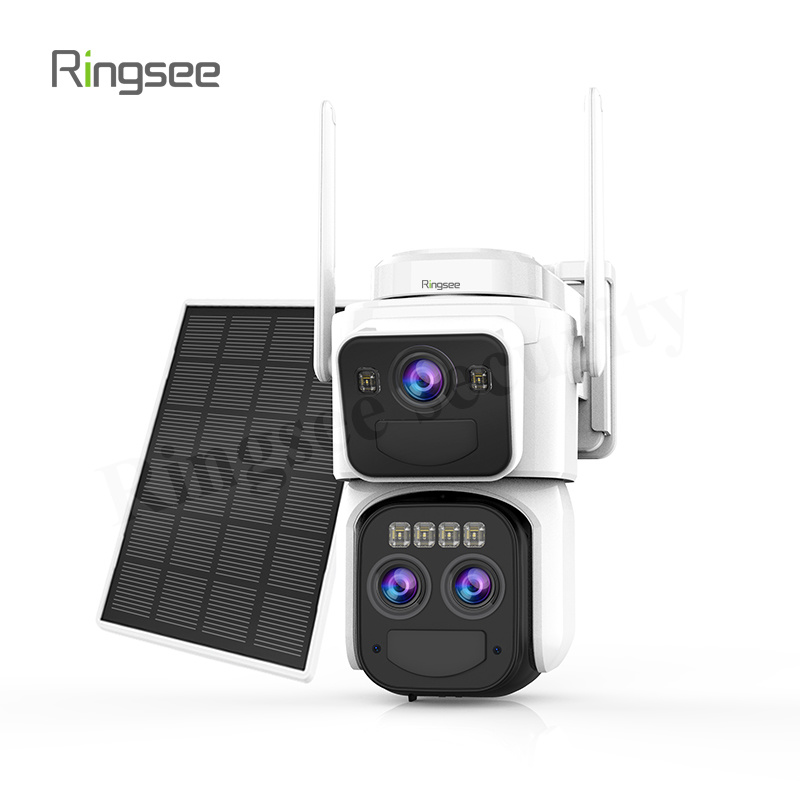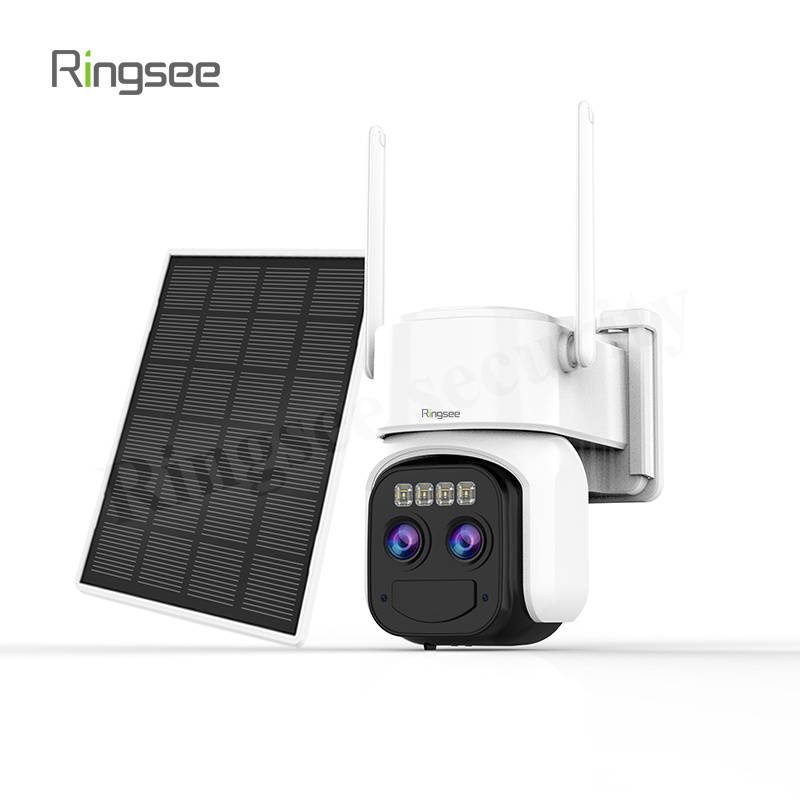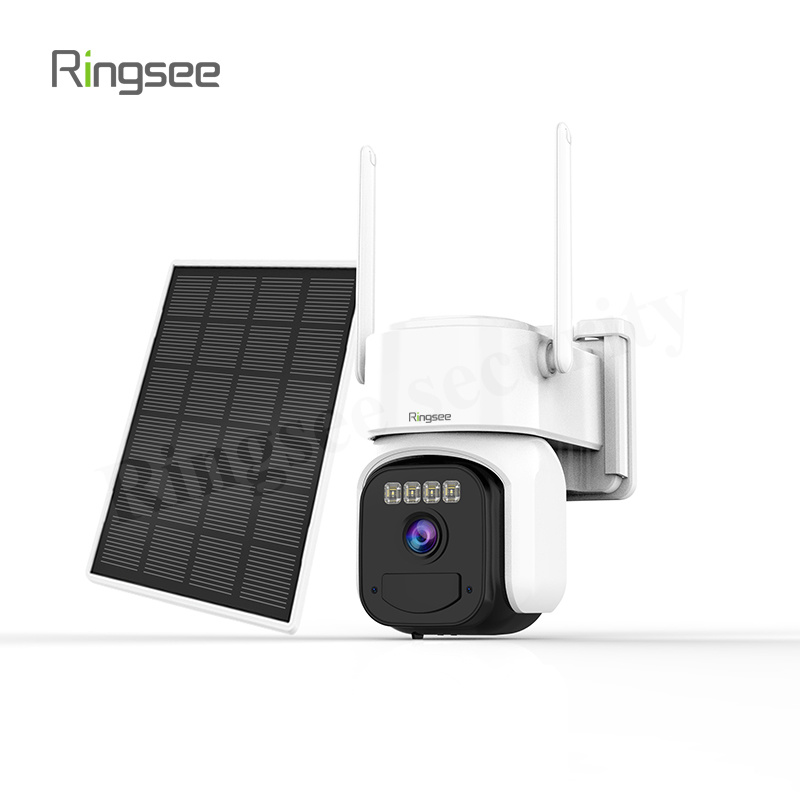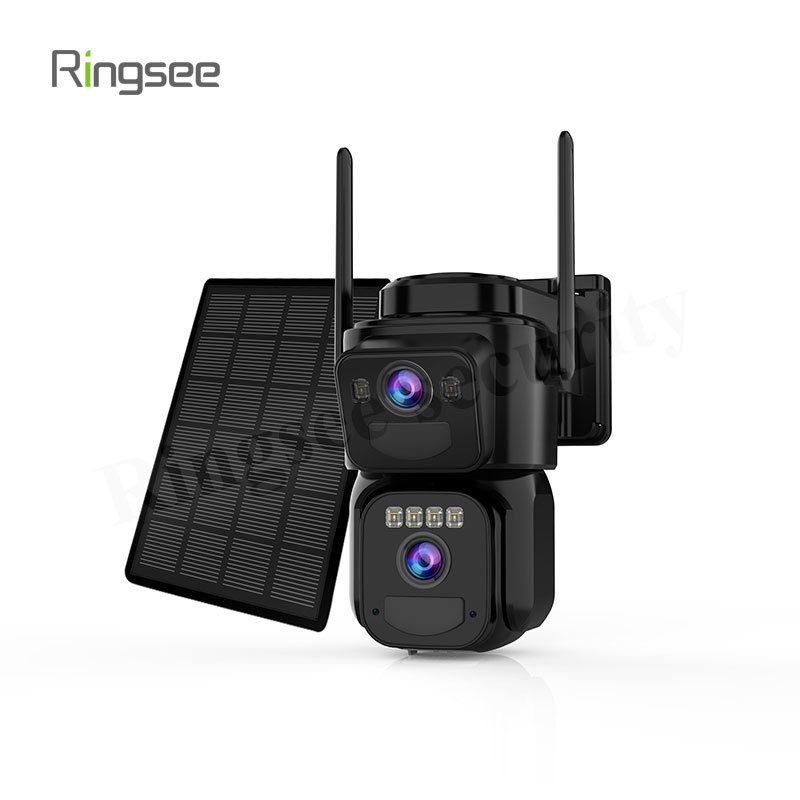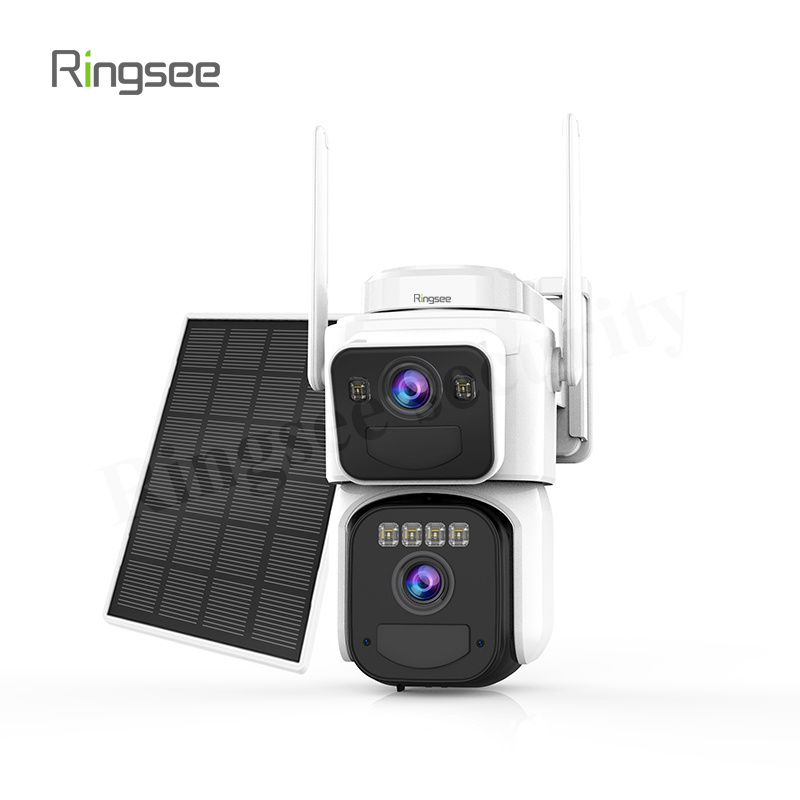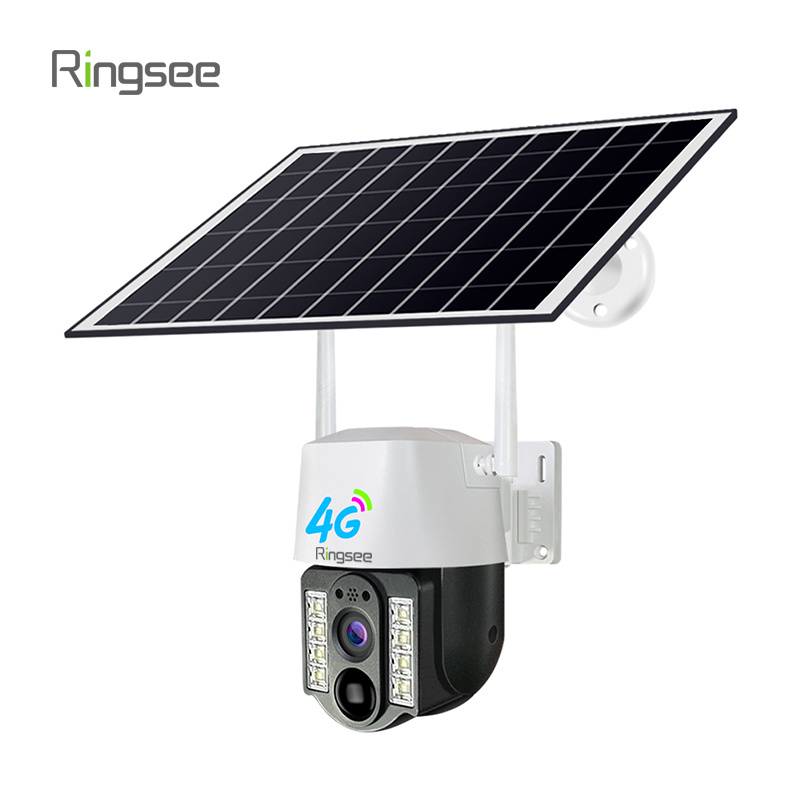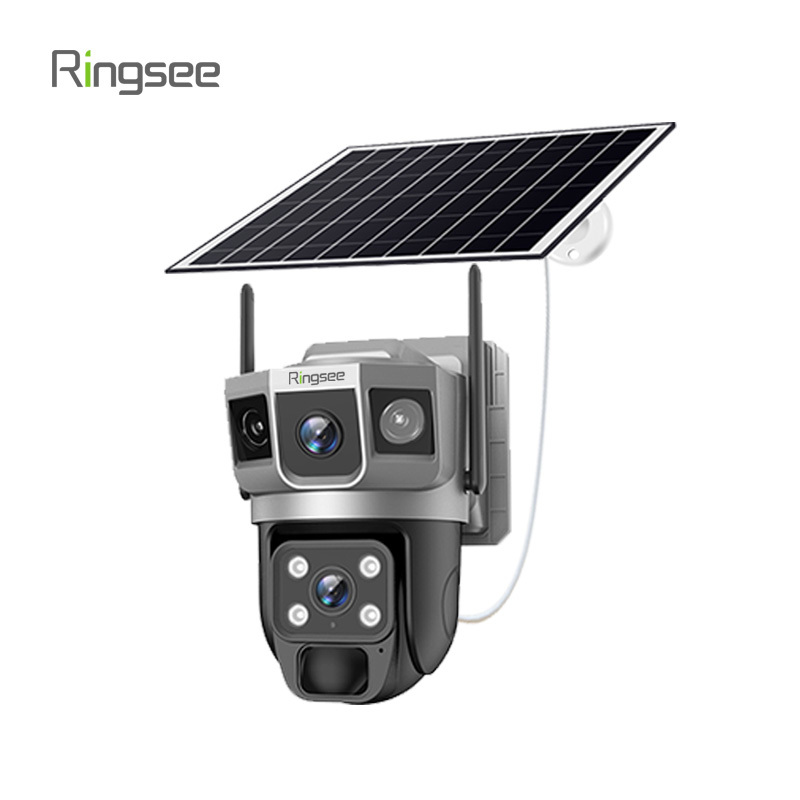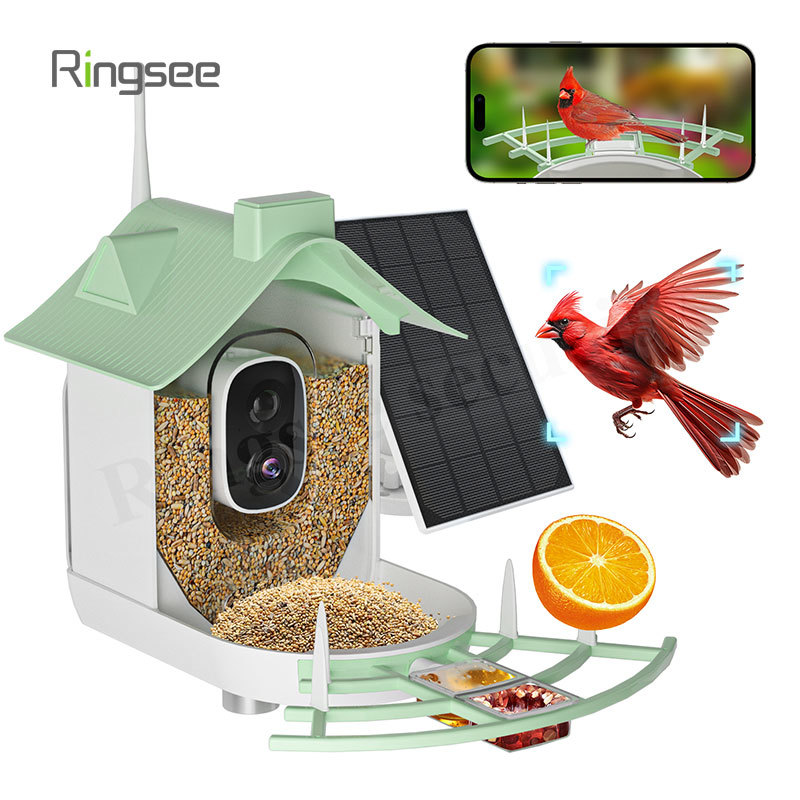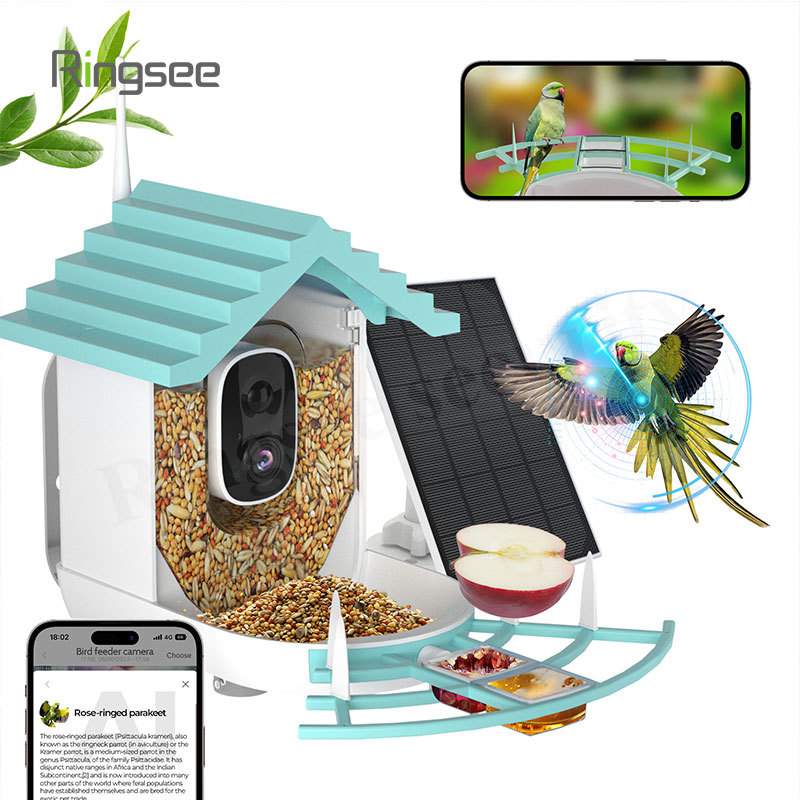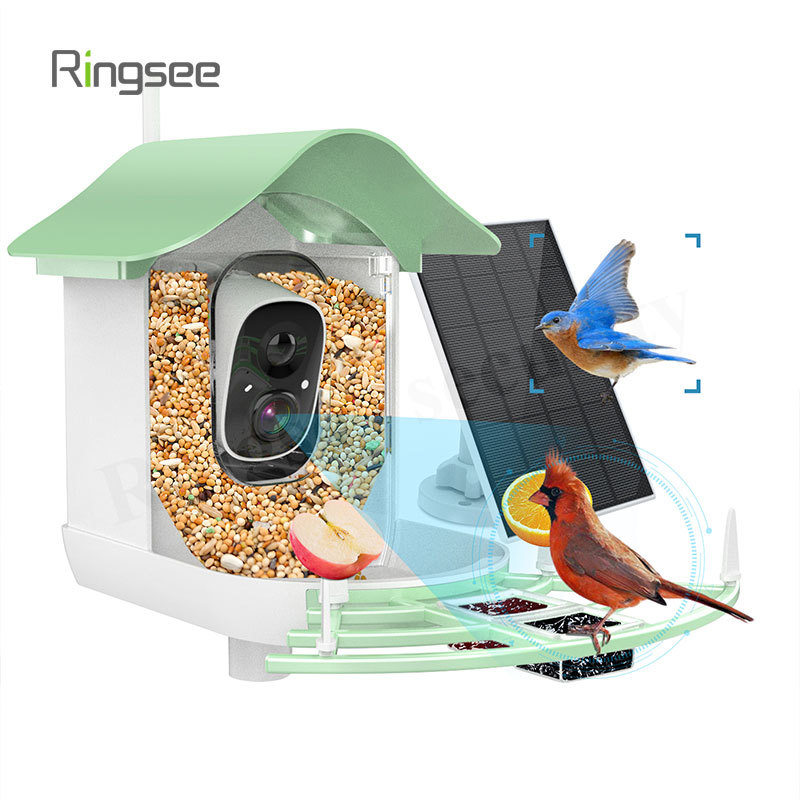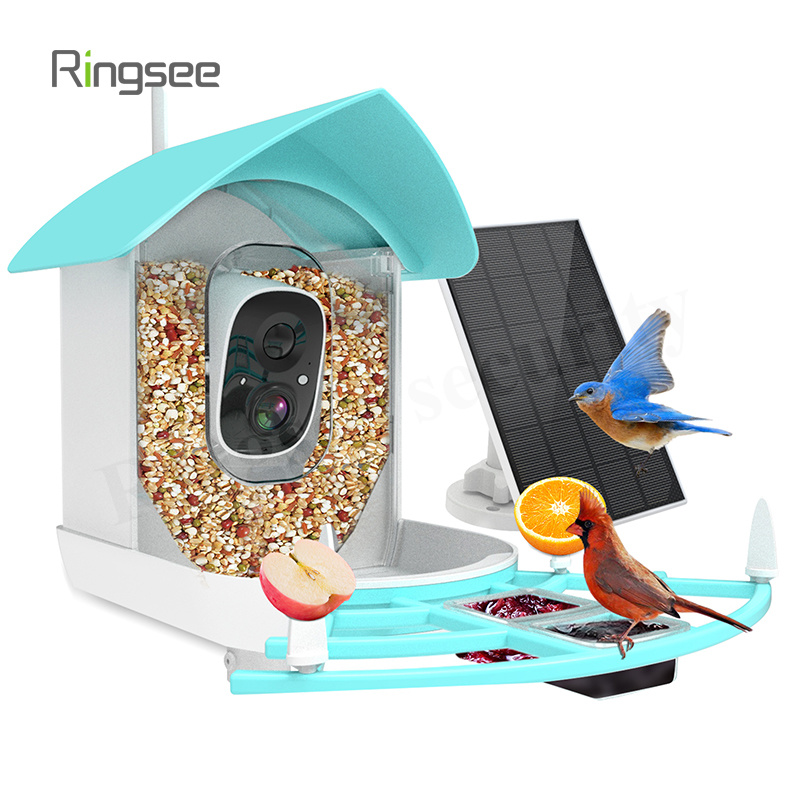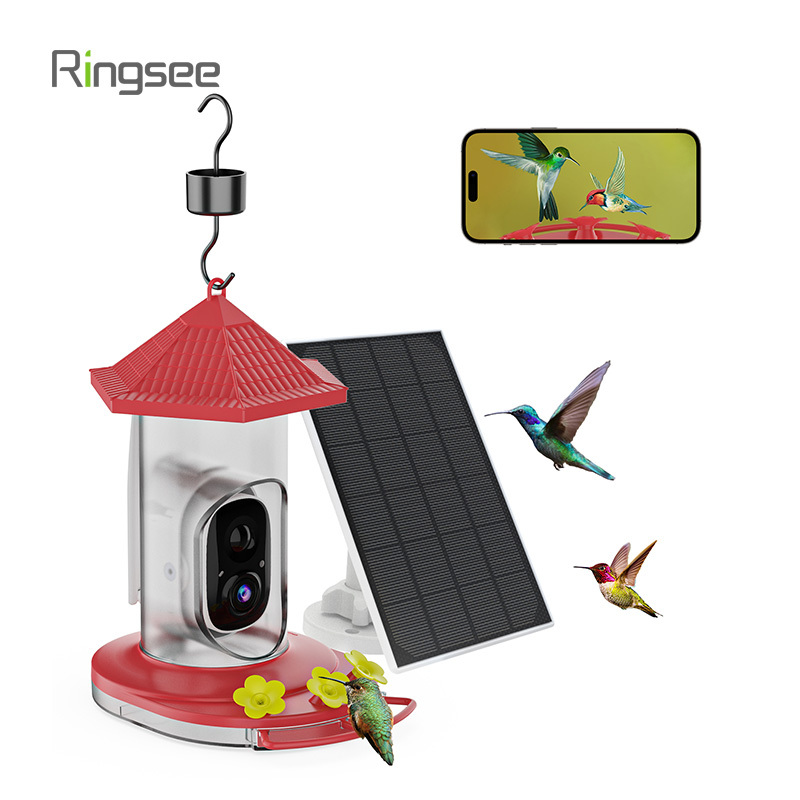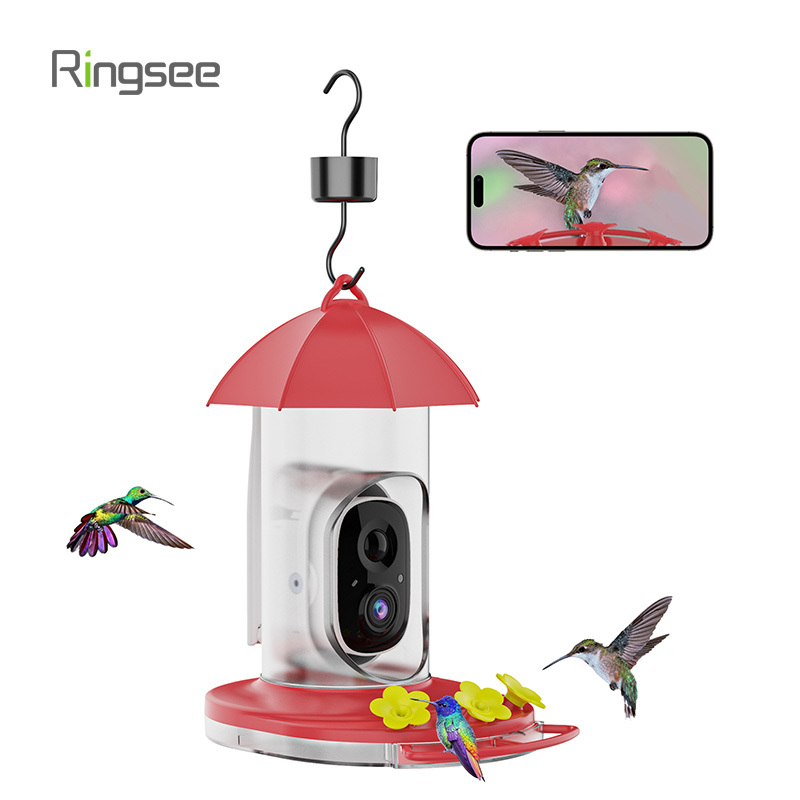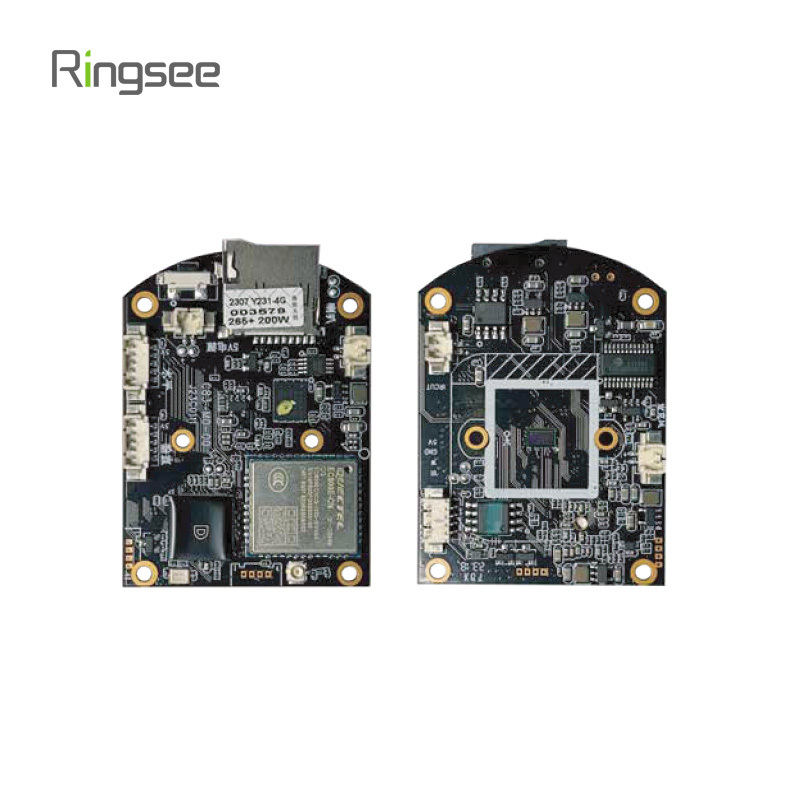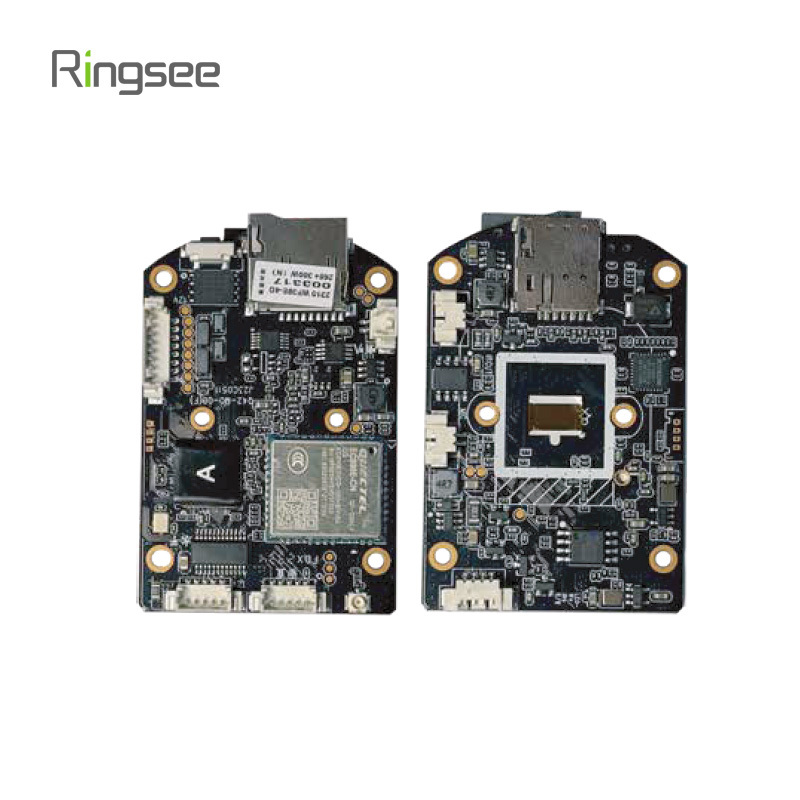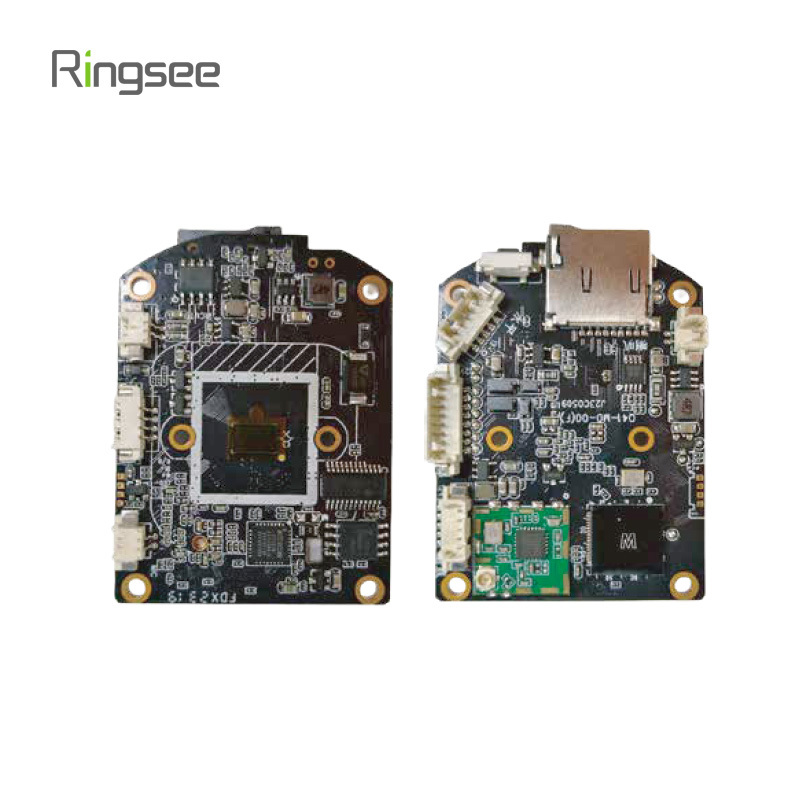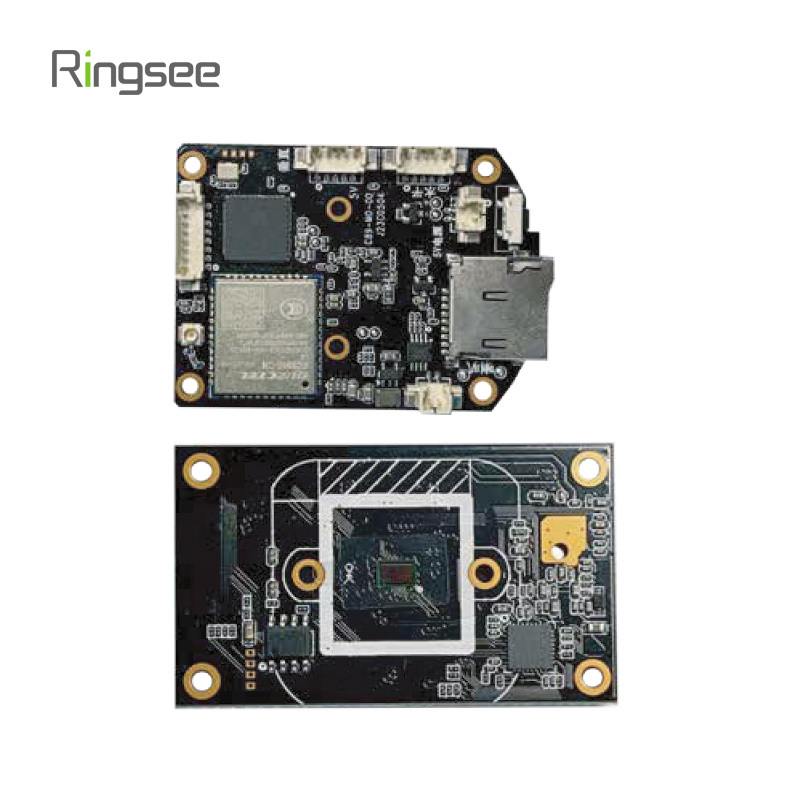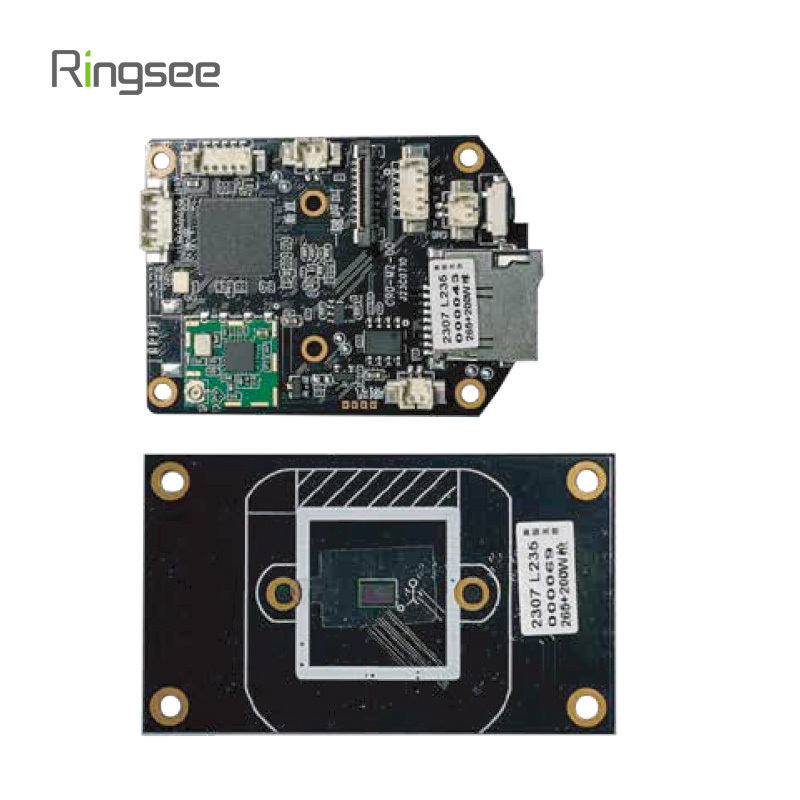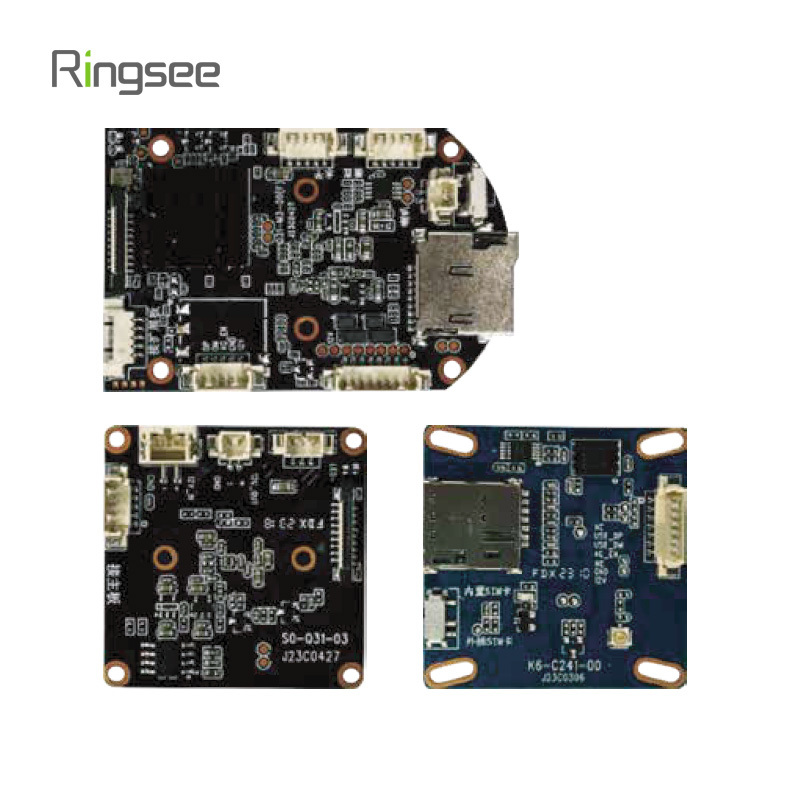AI in Security: How Algorithms, Computing Power, and Big Data Shape Intelligent Surveillance
Publish:
2025-06-07 10:20
Source:
https://www.ring-see.com
Artificial Intelligence (AI) has moved from concept to reality across many industries—and in the field of security camera, its impact is particularly profound. From machine learning (ML) to deep learning (DL) and ultimately to computer vision (CV), these layered technologies now form the backbone of modern AI-powered surveillance systems.
Computer vision enables machines to “see” and interpret the world, allowing cameras and backend systems to analyze real-time video feeds and extract meaningful information. Whether identifying suspicious behavior, detecting vehicles or recognizing faces, these capabilities are changing how we think about monitoring, safety, and operational efficiency.
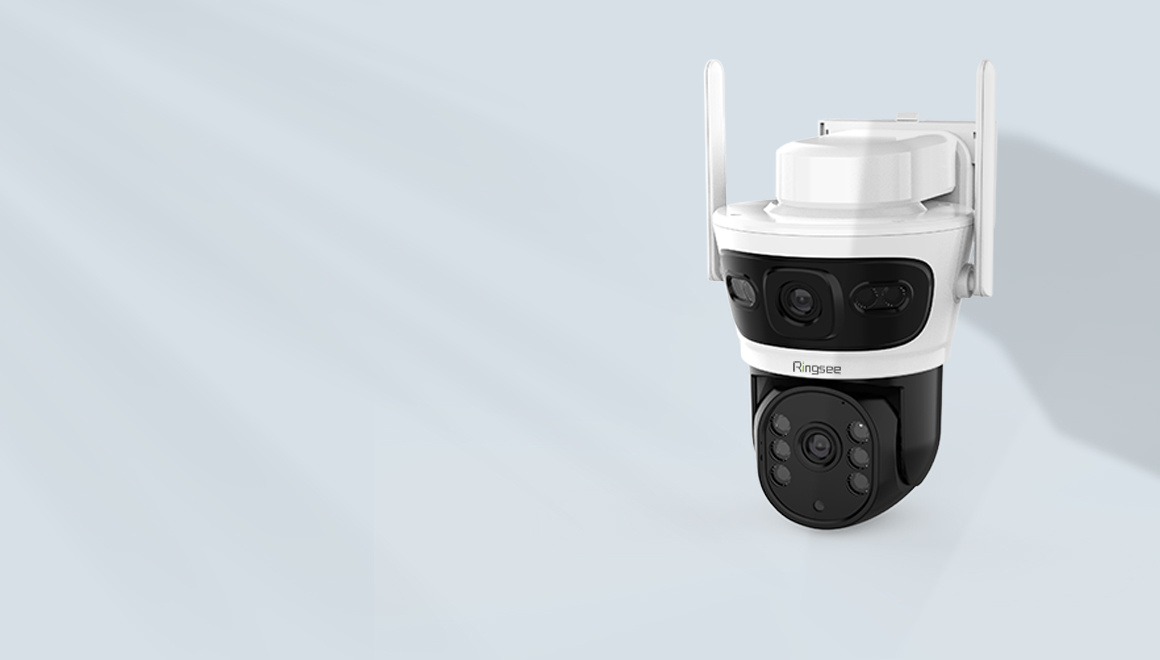
The Foundation of AI Functionality: Algorithms, Processing Power, and Data
The performance and accuracy of AI-based security systems depend largely on three core elements:
Algorithms: These determine how intelligently a system reacts to input—whether that’s a face entering a restricted area or a vehicle violating traffic flow.
Computing Power (AI Processing): Determines how fast and efficiently a system can analyze data and run complex models, especially at the edge.
Big Data: The raw material used to train and improve AI algorithms, including billions of frames of video footage, voice data, and metadata from real-world environments.
These pillars must be carefully balanced to deliver high-performance AI surveillance systems capable of operating in dynamic, real-time conditions.
Core AI Capabilities in the Security Industry
Today’s smart surveillance systems support a wide range of AI features, typically divided into edge-based (camera-side), backend (platform-based), or hybrid edge-cloud architectures. Common AI-powered functions in the security sector include:
1. Human Analysis
Facial recognition: Includes detection, attribute analysis (gender, glasses, age, expression)
Body feature extraction: Posture, clothing type, and behavior
Human shape and movement detection
2. Vehicle Analysis
License plate recognition (LPR)
Vehicle classification: Detecting brand, model, color, and orientation
Traffic law enforcement: Identifying rule violations such as wrong-way driving or illegal parking
3. Behavior Monitoring
Intrusion detection: Line crossing, area entry/exit, loitering
Anomaly alerts: Suspicious object placement/removal, crowd gathering, rapid motion detection
Scene change and audio anomaly detection: Abrupt lighting or sound variations
4. Image and Video Analysis
Video summarization and structuring
Video quality diagnostics
Smart search-ready metadata tagging
As these AI features evolve, they provide actionable intelligence for industries ranging from law enforcement and traffic control to facility management and urban planning.
Intelligent Features: Expanding the Possibilities
The next generation of AI security cameras integrates a broad spectrum of intelligent functions:
Person, face, and animal detection
Crowd density analysis
Vehicle and pedestrian flow statistics
Violation detection for pedestrians, vehicles, and cyclists
Video structuring for searchable surveillance content
Multi-dimensional awareness, combining human behavior, vehicle movement, and scene dynamics
These capabilities allow security professionals not only to monitor environments but also to anticipate threats and take pre-emptive action.
Computing Power: Measuring AI Performance in Surveillance
The heart of any intelligent camera or processing unit is its computational power, often measured in TOPs (Tera Operations Per Second). This metric indicates how many trillion operations a chip can perform per second. Other units include:
GOPs: 1 billion operations/second
MOPs: 1 million operations/second
TOPs/W: Efficiency rating—operations per second per watt of power consumed
AI Chip Performance in Surveillance
| AI Chipset | Performance | Notes |
|---|---|---|
| Hi3516CV500 | 0.5 TOPs | Entry-level smart cameras |
| Hi3516DV300 / AV300 | 1.0 TOPs | Widely used in mid-range systems |
| Hi3519AV100 | 2.0 TOPs | For advanced processing |
| Hi3559AV100 | 4.0 TOPs | Up to 20 TOPs in enhanced deployments |
| Rockchip RV1109 | 1.2 TOPs | Efficient edge AI chip |
| Rockchip RV1126 | 2.0 TOPs | Supports AI analytics at the edge |
| Google TPU 3.0 | 420 TOPs | Cloud-scale AI processing |
| Lightspeeur 2803 | 24 TOPs/W | Best-in-class energy efficiency |
Categories of AI Processors in Security Systems
| Type | Vendor Examples | Use Case Description |
|---|---|---|
| CPU | Intel, AMD | General processing; limited for AI inference |
| GPU | NVIDIA, AMD | Ideal for training neural networks |
| FPGA | Xilinx, Altera | Flexible and reconfigurable |
| ASIC/TPU | Custom hardware for inference acceleration | |
| NPU | Cambricon, Apple | Neural network-specific processors |
| VPU | Intel | Optimized for vision computing |
| BPU | Horizon Robotics | Brain-inspired chips for real-time AI |
| IPU | Graphcore | Designed for parallel AI workloads |
These processors differ not only in architecture but also in application scope. The choice of processor directly affects AI speed, accuracy, and power efficiency.
Algorithms: Building the Intelligence Layer
Algorithms are the logic engines behind AI decisions. In machine learning, selecting the right algorithm depends on the problem type and desired outcome. Common algorithms include:
- Decision Trees / Random Forests
- K-Nearest Neighbor / K-Means
- SVM / Logistic Regression
- Naive Bayes
- Neural Networks
- Markov Models
- Adaboost
It’s a misconception that complex algorithms are always better. Often, a well-tuned, simpler algorithm provides faster, more reliable results, especially when deployed in real-world environments with limited resources.
Big Data: Fueling the AI Surveillance Ecosystem
In a data-rich world, video surveillance generates one of the largest datasets globally. As of 2020, China alone had over 225 million security cameras in operation. A single medium-sized city can generate 36PB of video data over 90 days.
This presents both a challenge and an opportunity:
Challenge: Making sense of massive, unstructured video content
Opportunity: Using this data to train and refine AI models, improving detection, classification, and prediction
Projects such as Safe Cities, Snow Bright, and Smart Urban Networks rely on centralized video data to create more secure, responsive urban environments. Structured data from intelligent systems makes it easier to extract value from this information.
Conclusion: AI Is Reshaping Security for the Future
From front-end cameras equipped with intelligent analytics to cloud-based video platforms supporting massive big data AI learning, the landscape of security is shifting. What once required human eyes and manual control rooms is now handled by fast, responsive, and increasingly autonomous AI systems.
As computing hardware evolves and algorithms mature, the focus will increasingly move toward accuracy, efficiency, and real-time responsiveness. The intelligent surveillance systems of tomorrow will not just record—they will understand, adapt, and protect.
Prev:
Related News
AI in Security: How Algorithms, Computing Power, and Big Data Shape Intelligent Surveillance
Artificial Intelligence (AI) has moved from concept to reality across many industries—and in the field of security camera, its impact is particularly profound. From machine learning (ML) to deep learning (DL) and ultimately to computer vision (CV), these layered technologies now form the backbone of modern AI-powered surveillance systems.
Jun 07,2025
Why 4G Solar Security Cameras Are the Best Choice for Remote Surveillance in 2025
In many places, setting up security cameras is straightforward—connect to WiFi, plug into power, and you’re good to go. But what if you’re on a farm, at a construction site, or managing property far from reliable infrastructure?
Jun 05,2025
How Lens Quality, Focal Length, and Image Processing Impact Security Camera Image Clarity
Discover how lens quality, focal length, and image processing influence the performance of outdoor security cameras. Learn how to choose the best surveillance system for sharper, high-resolution footage.
Jun 03,2025
Complete Guide to Security Camera Transmission Types: Wired, Wireless, and Beyond
When building or upgrading a modern surveillance system, one of the most critical technical decisions you’ll make involves choosing the right transmission type. This refers to how a security camera sends its video (and sometimes audio) signals to a recording device, monitoring station, or cloud platform.
May 30,2025
Digital Zoom vs. Optical Zoom in Security Cameras – Which One Should You Choose?
Learn the difference between digital zoom and optical zoom in security cameras. Find out which zoom type suits your surveillance needs and get expert advice from Ringsee.
May 29,2025

